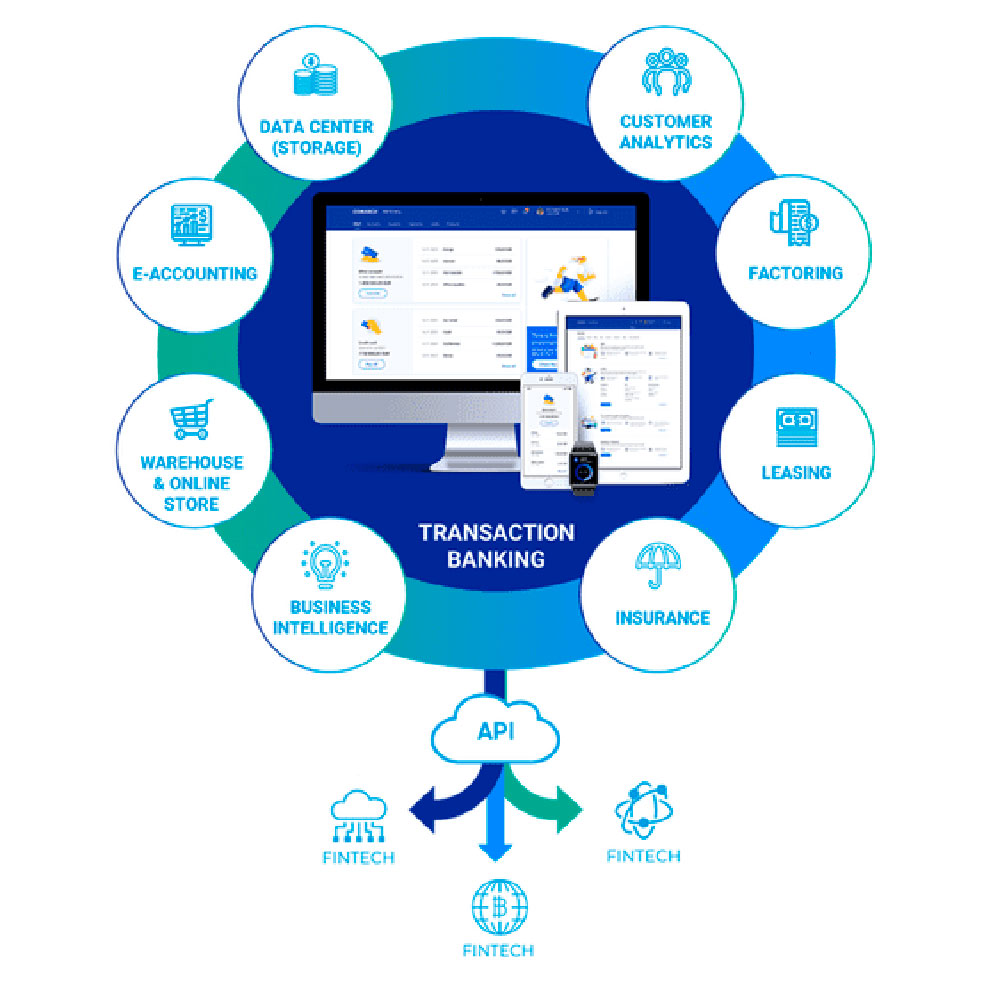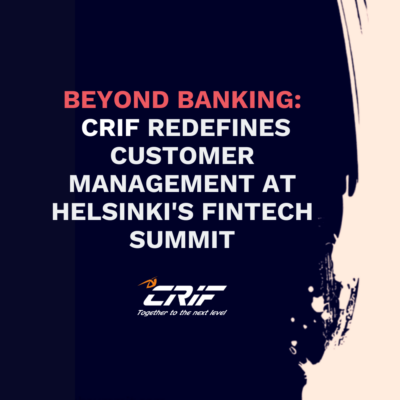Gathering multiple value-added services in a single coherent environment is like cooking: you need to know a proven recipe.
So, how to collect all the ingredients and create a palatable, or even a delectable ecosystem for SME customers? It must be a platform that will meet the requirements of end users by solving their financial problems, which is no easy task.
The cravings of SMEs
Banks around the world are more or less aware that 40% of micro, small and medium enterprises in developing countries have an unmet financing need for around $5.2 trillion every year, according to International Finance Corporation. Hence, this sector has huge cravings and there’s a potential demand for financial services.
However, the competition grows stronger every year; fintech companies attract clients by offering tailor-made solutions that help SMEs to conduct their daily businesses easier. To stay at the top of the food chain, some banks have started to position themselves as the main business partners for SME clients.
One of the best ways to achieve this goal is to create an ecosystem that will include external partners and additional innovative services, covering multiple business areas like accounting, human resources, virtual assistance, or sales automation, all in one platform. This is how banks can strengthen their position, increase sales, and expand the client base.
What’s cooking on the Nordic fintech market?
According to The Global Fintech Index, Nordics is one of the leading regions in the world in terms of existing companies. 817 fintechs are located there, and Sweden is the leader with 267. Around 9% of all these businesses are now focusing on providing services for SME customers.
Therefore, the already large fintech market is quickly expanding, constantly welcoming new players like FellowPay (credit for SMEs), FarPay (invoice & subscription payments), Qred (microfinancing), CrediWire (financial optimization for companies & advisors), MazePay (procurement optimizations), and Pleo (accounting and automation of bill payment).
There are also SME challenger banks like Holvi or Lunar, which recently have extended their offerings to employee cards with integrated expense management, business loans, accounting software, and customer payment management. This shows that the situation in the region is rather lively.
The ingredients of a successful ecosystem
On such an oversaturated market, it can be tricky to create a successful partnership and connect multiple external solutions to work together seamlessly. This requires a flexible platform with a friendly design for both users and owners (financial institutions). The possibility to easily adjust the functionalities of the ecosystem to the rapidly changing environment might be crucial to retaining competitive advantage.
A well-made selection of value-added services can go a long way when creating a business space for addressing the needs of customers. Defining their biggest challenges should be the point of departure for banks; what attracts attention is offering a solution.
After choosing the best features and value-added services, focusing on execution is also very important. The platform should allow easy access to and management of all functionalities in use. Some desired system features are: customizable dashboard, widgets gathering information from the whole ecosystem, intuitive navigation, contextual tips, or activation of new services with only a few clicks.

The recipe for success
If we want to deliver satisfactory user experience with selected value-added services, our platform has to meet customer expectations. But, building everything from scratch takes a lot of time and resources. We will have total control over the final effect, but at what cost?
Sometimes it can be like reinventing the wheel, especially if there are already existing solutions that we can implement right away. Relying on ready-made systems, on the other hand, may prove to be limiting and decrease the platform’s flexibility in comparison to in-house development.
However, there is a third way that embraces the good aspects of these paths: choosing a vendor with a good standard solution that the bank can enrich with custom functionalities. This way, the focus can go to creating new solutions, instead of wasting time on building foundations. The advantages of this hybrid approach are:
- smart implementation of the microservice architecture – a cutting-edge technology, but also a well-thought-through design free from redundant bindings, which means easy embedding of new functionalities.
- the possibility to add additional front-end modules created by the bank or a third party through configuration (even without coding) or with the use of API-Gateway and/or SSO.
- the access to global mechanisms within the platform, such as access control, authorization and approval workflows to maximize self-development capabilities by utilizing low-level APIs provided by these components.
Comarch SME Banking is the proven recipe; with its open architecture, readiness to run in the cloud, and quick agile implementation, it truly is the cream of the crop among solutions for creating a successful banking ecosystem. Once all the value-added services land in a single pot, ideas start brewing!
 By Artur Dąbrowski, Digital Banking Business Consultant, Comarch. For the past 2 years, Artus has been a Business Consultant for Financial Services in Comarch. His background stems from a 7-year experience as a Relationship Manager for SMEs in banking (mainly Raiffeisen Bank). Through gaining new clients and managing an extensive portfolio of banking solutions (crediting, factoring, deposits, cash management, treasury, trade finance, etc.) he developed advanced skills and know-how in the field. Artur graduated in Computer Science and Econometrics at the University of Lodz.
By Artur Dąbrowski, Digital Banking Business Consultant, Comarch. For the past 2 years, Artus has been a Business Consultant for Financial Services in Comarch. His background stems from a 7-year experience as a Relationship Manager for SMEs in banking (mainly Raiffeisen Bank). Through gaining new clients and managing an extensive portfolio of banking solutions (crediting, factoring, deposits, cash management, treasury, trade finance, etc.) he developed advanced skills and know-how in the field. Artur graduated in Computer Science and Econometrics at the University of Lodz.



